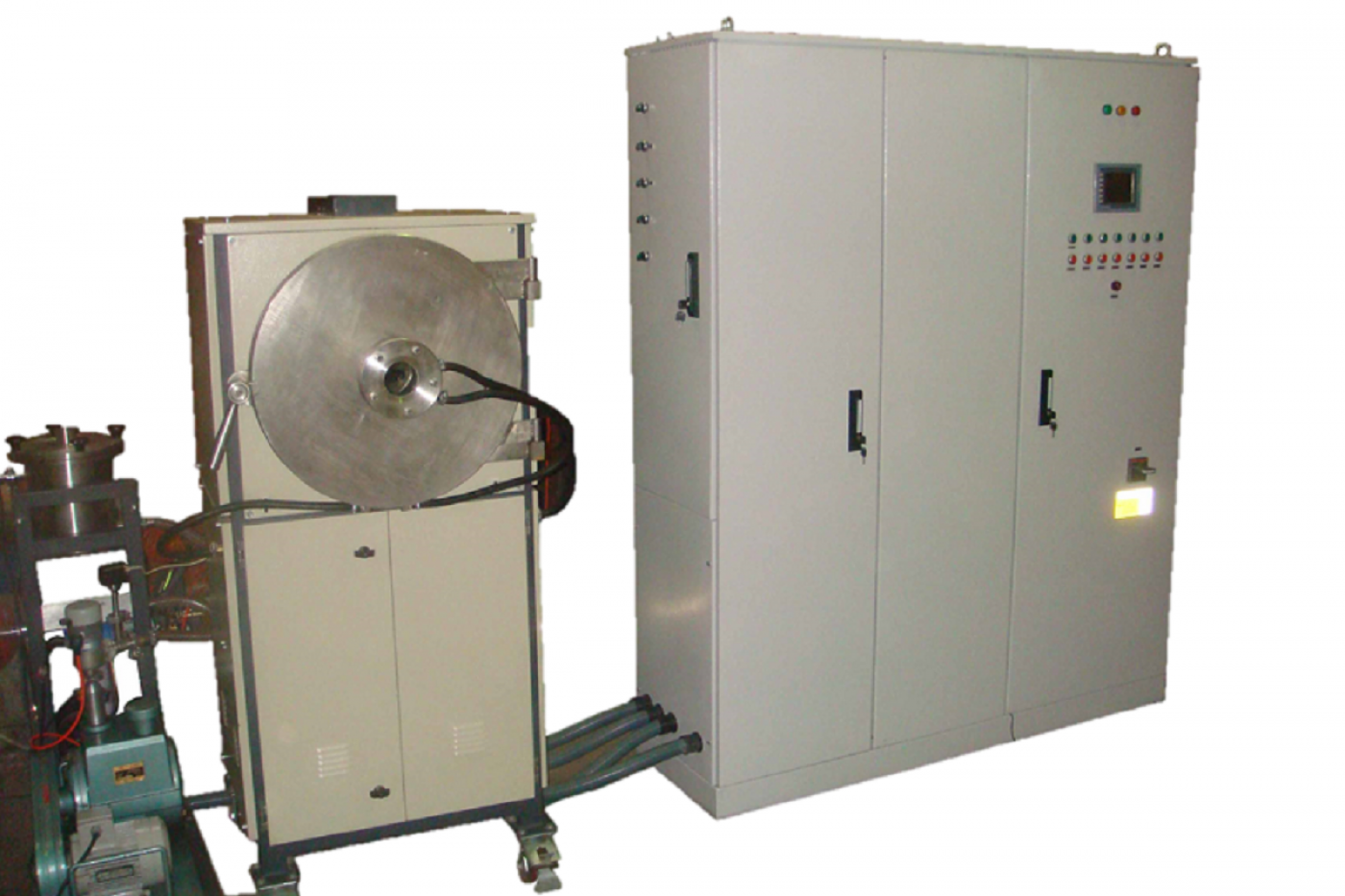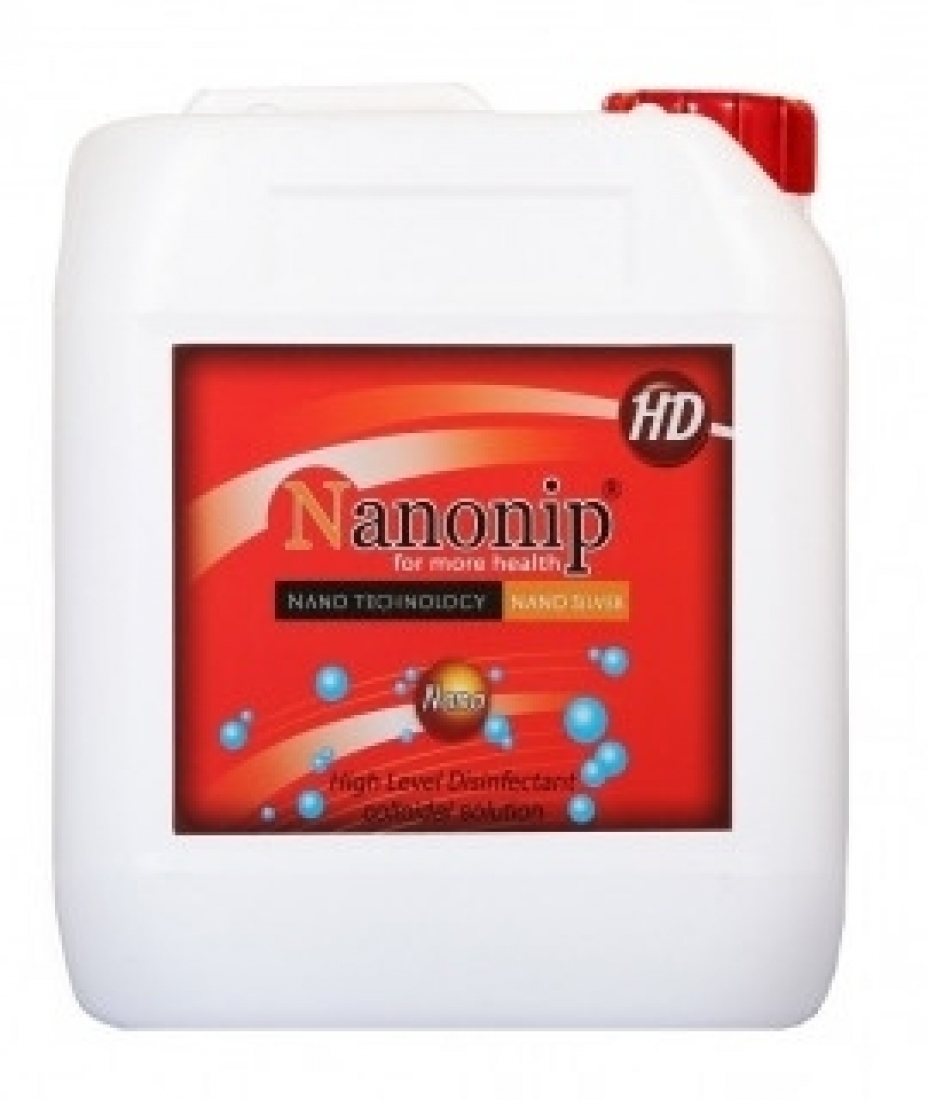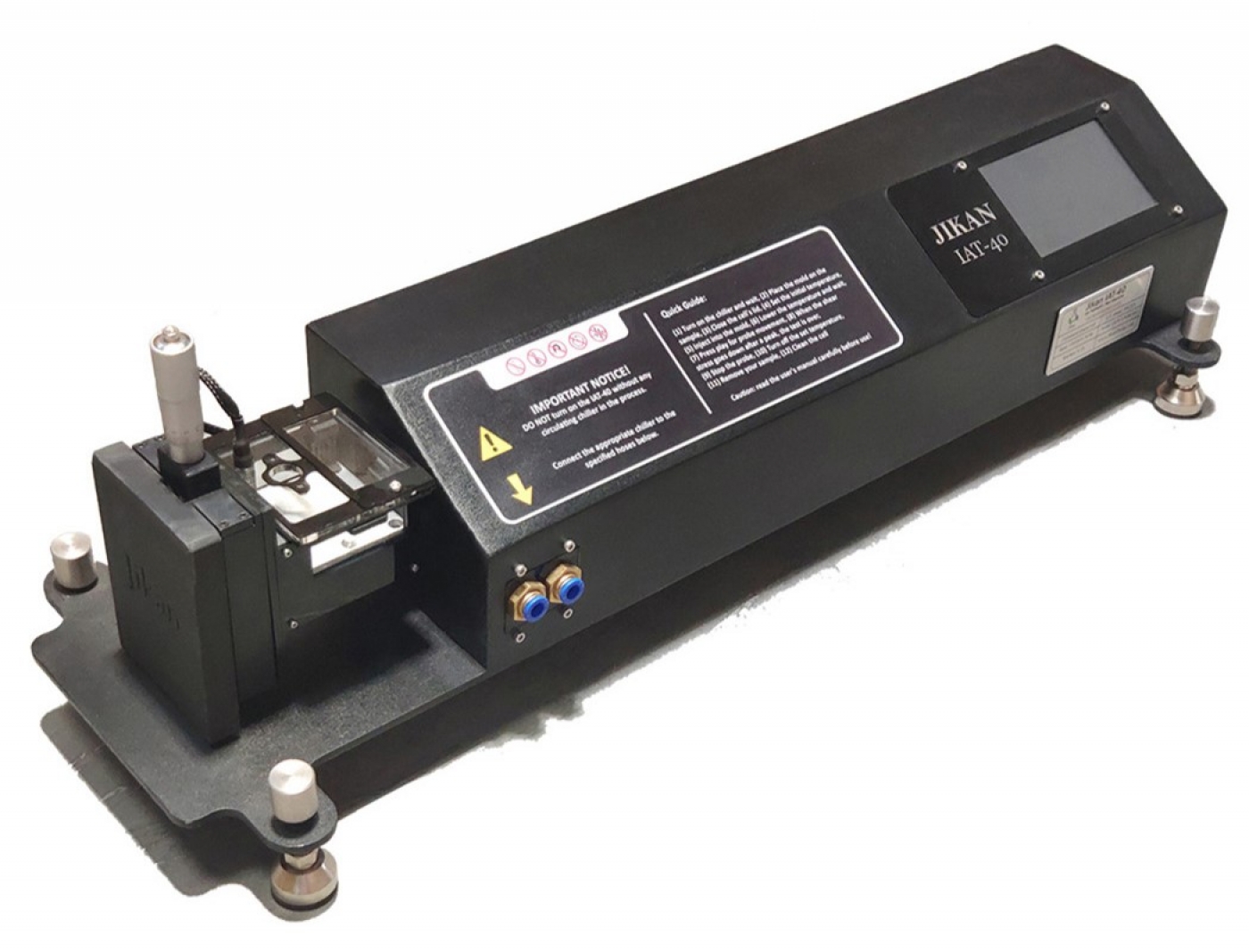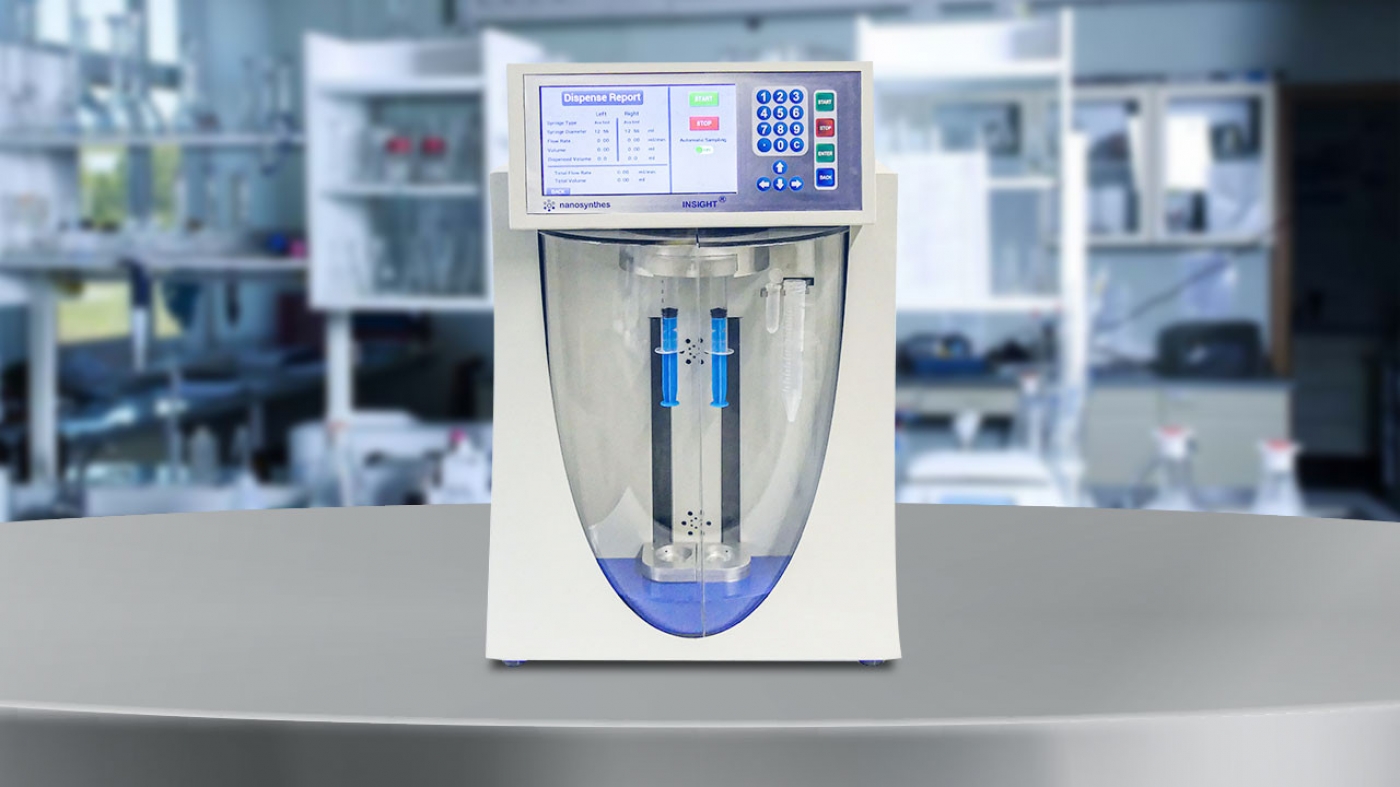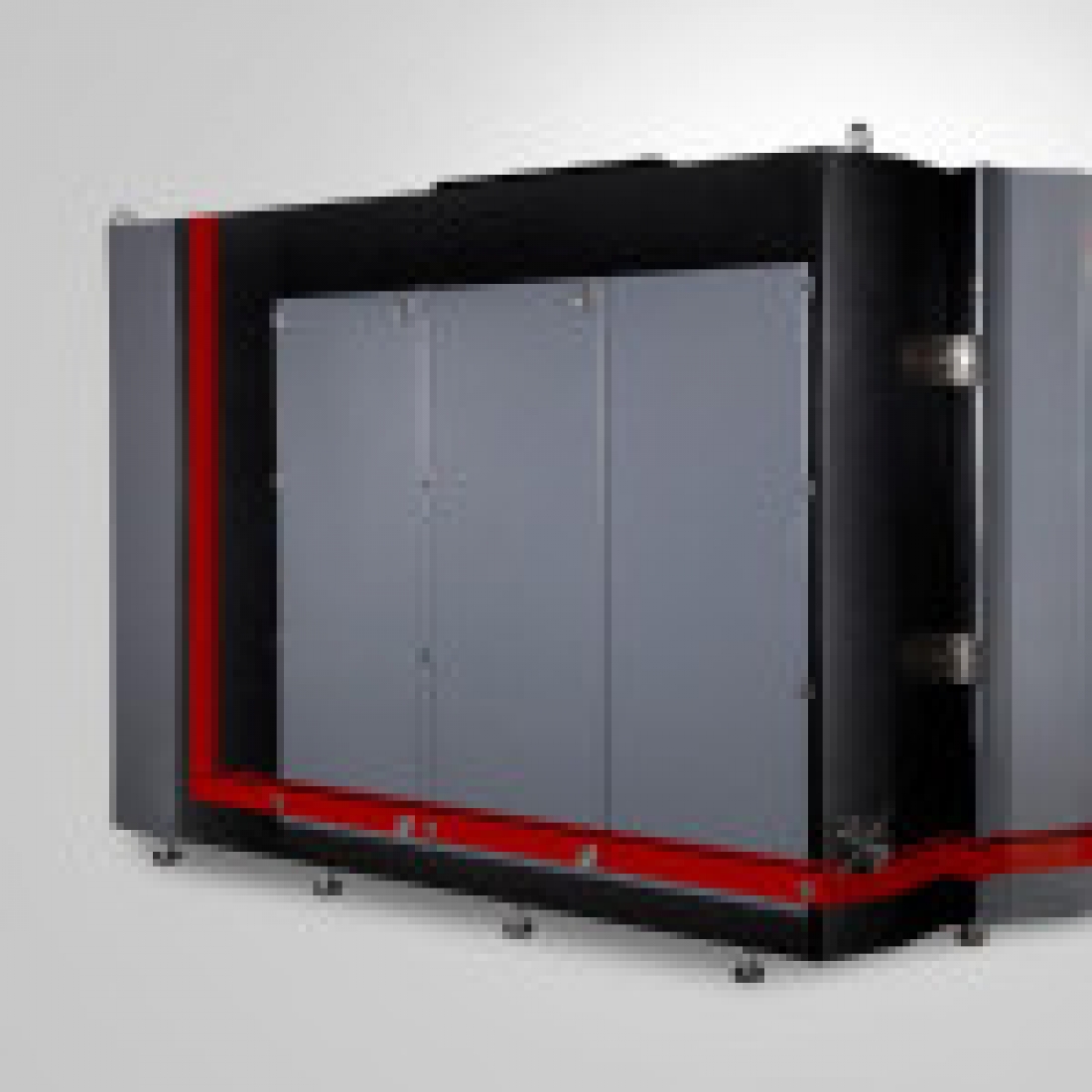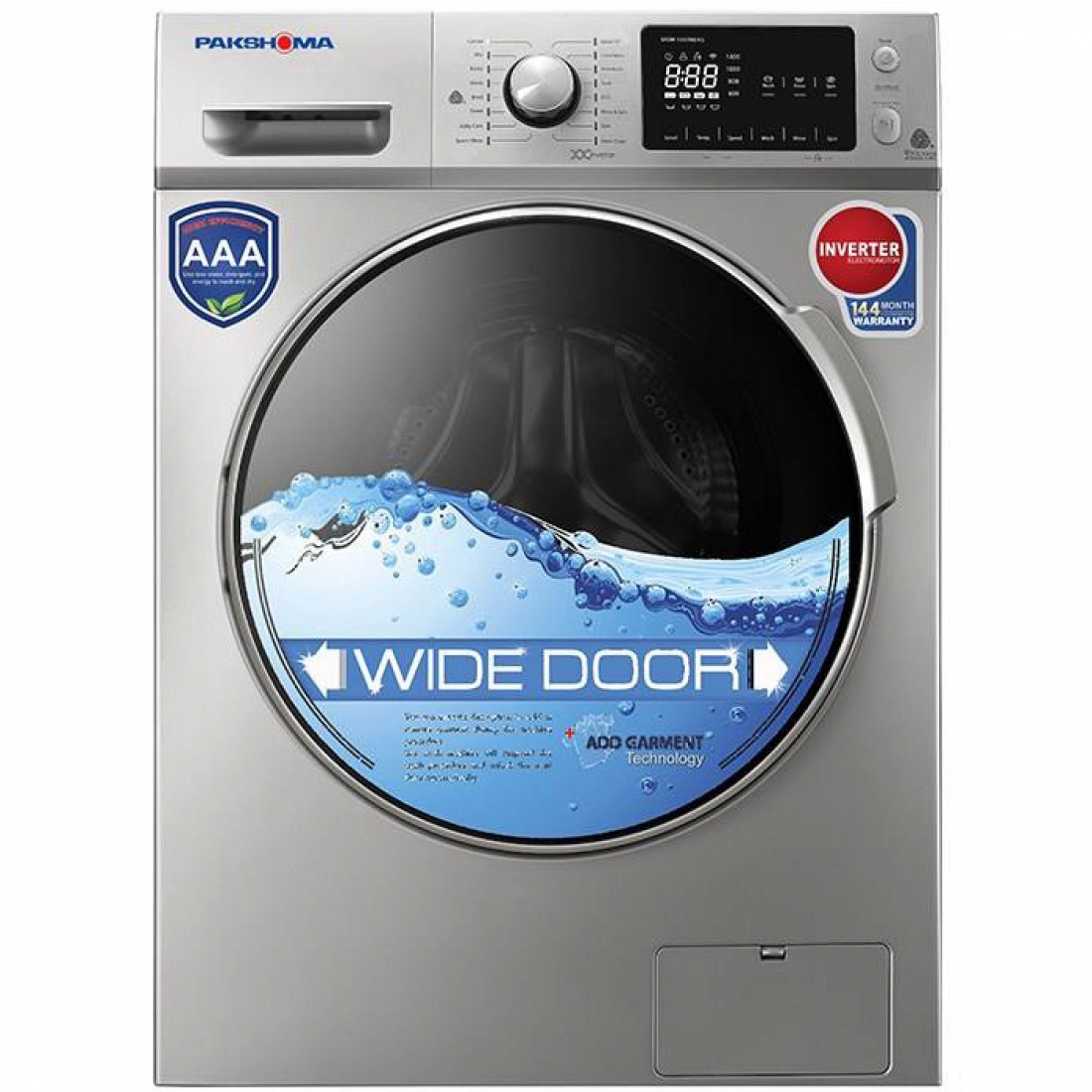Plasma Enhanced Chemical Vapor Deposition (PECVD) is a specific type of CVD which all CVD processes are influenced by plasma, in a way that it enables them to proceed far more efficiently at relatively lower temperatures.
Introduction
Plasma Enhanced Chemical Vapor Deposition (PECVD) is a specific type of CVD which all CVD processes are influenced by plasma, in a way that it enables them to proceed far more efficiently at relatively lower temperatures.
Using the plasma reduces the CVD reactions temperature about 200 to 400 °C, while the operating temperature of the previous CVD methods is about 425 to 900 °C. The use of plasma extends the application of CVD methods in a way that a wide range of conductive and non-conductive materials can be coated.
A simplified depiction of PECVD involves: reaction chamber, gas supply system, water cooling system, vacuum system, heater and RF electrode. The coating mechanism is as follows; a mixture of gases containing coating precursor is introduced into the chamber. Usually, in addition to active gases, an inert gas is used to increase the thermal flux of the mixture; it also improves the heating rate of the substrate and encourages the nucleation of products onto the substrate.
The most important part of a PECVD system is the RF electrode which is in charge of plasma generation. The RF electrode is connected to a radio frequency power supply and the counterpart electrode is connected to the ground. The capacitive coupling between these two electrodes excites the reactant gases and converts them into plasma, which induces a chemical reaction and results in formation of new products inside the chamber. As this configuration is similar in principle to a capacitor in an electric circuit, the plasma formed in this configuration is called capacitive plasma or RF diode plasma. It is clear that the voltage required to initiate a discharge between two electrodes is a function of the distance between two electrodes and the gas pressure. Generally, high-frequency plasmas, stimulated at standard frequency of 13.56 MHz, are widely used in industrial applications.
Chemical Vapor Deposition (CVD) is one of the most important coating methods, which nowadays involves both experimental and industrial fields. PECVD method is mostly used to produce carbon nanotubes (CNTs), carbon nanofibers (CNFs) and fabrication of thin films composed of inorganic materials.
Application
Some applications of this device are as follows:
- Deposition of different materials for microfabrication processes in various forms, including: monocrystalline, polycrystalline, amorphous and epitaxial.
- In microelectronics industry for applications requiring high dimensional accuracy.
- Wear and corrosion resistant coatings on tools, bearings and drills.
- Carbon nanotubes (CNTs) and carbon nanofibers (CNFs)
specification
Details of technical specifications are presented in the following Table.
 Advantager of using nanotechnology
Advantager of using nanotechnology
PECVD is an unrivaled method to produce carbon nanotubes (CNTs), carbon nanofibers (CNFs) and other nanostructured coatings.
Manual and maintenance
- Before using this device, users must be trained and certified by the manufacturer.
- Before starting the process, make sure that the substrate is placed inside the chamber and the chamber door is closed.
- Alarms indicate the conditions that the system has faced with difficulty in performing its processes. The user should be alert to identify the cause of the alarms.
- When the deposition process is completed, the user must turn off the system first and then cut off all gas cylinders and regulators.
- The dangerous gases cylinders must be placed in a special rack. A nitrogen backup cylinder is recommended for each of the hazardous gases. Other gases cylinders should be fastened to the wall and kept away from direct sunlight.
- Never manipulate the gas regulators; they must be set up through MFCs. High pressure can cause damage to the MFCs, while low pressure can also decrease the system efficiency.
- For more details on how to use the device, refer to the device catalog and user guide.
- For more details on how to use the device, refer to the device catalog and user guide.
Safety and package
- Precursor gases should be handled with extreme caution:
a) SiH4 and Hydrogen are both highly flammable and explosive. User should be familiar with possible hazards of such gases.
b) NH3 is highly reactive and dangerous liquefied gas which is shipped in special cylinders. Never attempt to use ordinary bottle for this gas, as it is highly corrosive and can convert into undesired species such as hydrogen and nitrogen gases. Use standard bottles.
c) The exposure of the silicon-containing gas (H2) to air would lead to a small torch.
- Make sure the main pump is continuously purged with nitrogen during the operation to avoid any danger.
- When you leave the system for any length of time, especially overnight, make sure that the chamber is pumped down and all gas valves including main cylinder valve and regulators are closed.
- In the event of an emergency, shut off the system power with the
- emergency power off button on the front of the system. If the machine malfunctions any time during the process, press the red emergency shut-down button.
